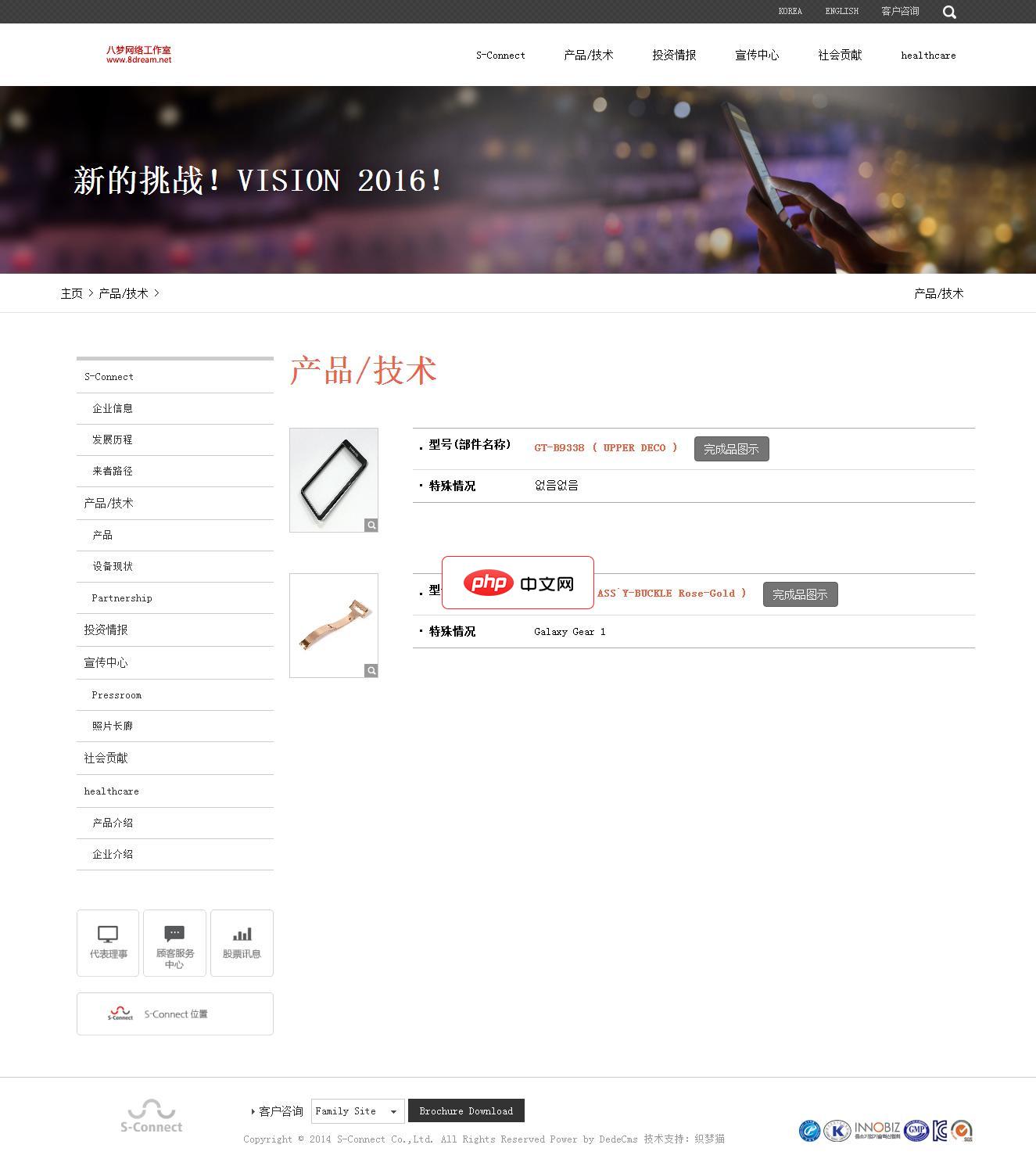
本文介绍如何将 DataFrame 中包含数组的列,转换为每个数组元素占据一行的新 DataFrame。通过使用 itertools.combinations 创建元素对,并结合 explode 函数,可以有效地将数组列拆分为多行,从而重塑数据结构,使其更易于分析和使用。
在数据处理中,经常会遇到 DataFrame 的某一列包含列表或数组的情况。有时,我们需要将这些列表中的每个元素拆分到单独的行中,以便进行更细粒度的分析。本文将提供一个解决方案,将 DataFrame 中数组列的元素转换为新的行,并生成元素对,解决类似“将 DataFrame 中数组元素转换为新的行”的问题。
以下代码提供了一个通用的函数 make_pairs,用于处理包含列表的列,并将其转换为包含元素对的新列。
from itertools import combinations
import pandas as pd
def make_pairs(df: pd.DataFrame, col: str) -> pd.DataFrame:
"""
将 DataFrame 中指定列的列表元素转换为元素对,并返回新的 DataFrame。
Args:
df: 输入的 DataFrame。
col: 包含列表的列名。
Returns:
包含元素对的新 DataFrame。
"""
pairs = (
df[col]
# 创建每个列表中元素的 2-pair 组合
.apply(lambda x: [*combinations(iterable=x, r=2)])
# 将其展开为包含 2 个元素的列表的 Series
.explode()
)
# 使用原始索引构建 DataFrame 以进行连接
return pd.DataFrame(
data=pairs.to_list(),
index=pairs.index,
columns=[f"{col}{i}" for i in range(1, 3)]
)
# 示例 DataFrame
df = pd.DataFrame(
data=[
[0, 4, 9, [8, 7, 3], [-10, 5, 2]],
[0, 1, 2, [8, 7, 3], [-10, 5, 2]],
[1, 3, 3, [1, 2], [-5, 1]],
],
columns=['Group', 'A_x', 'A_y', 'B_m', 'B_n'],
)
# 连接所有内容。
out = (
df.join(
other=[
make_pairs(df=df, col="B_m"),
make_pairs(df=df, col="B_n"),
],
)
# 删除不需要的列。
.drop(columns=["B_m", "B_n"])
)
print(out)代码解释:

电子手机配件网站源码是一个响应式的织梦网站模板,软件兼容主流浏览器,且可以在PC端和手机端中进行浏览。模板包含安装说明,并包含测试数据。本模板基于DEDECms 5.7 UTF-8设计,需要GBK版本的请自己转换。模板安装方法:1、下载最新的织梦dedecms5.7 UTF-8版本。2、解压下载的织梦安装包,得到docs和uploads两个文件夹,请将uploads里面的所有文件和文件夹上传到你的
 12
12

运行上述代码将生成以下 DataFrame:
Group A_x A_y B_m1 B_m2 B_n1 B_n2 0 0 4 9 8 7 -10 5 0 0 4 9 8 7 -10 2 0 0 4 9 8 7 5 2 0 0 4 9 8 3 -10 5 0 0 4 9 8 3 -10 2 0 0 4 9 8 3 5 2 0 0 4 9 7 3 -10 5 0 0 4 9 7 3 -10 2 0 0 4 9 7 3 5 2 1 0 1 2 8 7 -10 5 1 0 1 2 8 7 -10 2 1 0 1 2 8 7 5 2 1 0 1 2 8 3 -10 5 1 0 1 2 8 3 -10 2 1 0 1 2 8 3 5 2 1 0 1 2 7 3 -10 5 1 0 1 2 7 3 -10 2 1 0 1 2 7 3 5 2 2 1 3 3 1 2 -5 1
本文提供了一种将 DataFrame 中包含数组的列转换为新行的方法。通过使用 itertools.combinations 和 explode 函数,我们可以有效地重塑数据,使其更适合分析。这种方法可以应用于各种数据处理场景,例如处理包含标签列表、特征列表或任何需要分解到单独行的数组数据的 DataFrame。
以上就是将 DataFrame 中的数组元素转换为新的行的详细内容,更多请关注php中文网其它相关文章!

每个人都需要一台速度更快、更稳定的 PC。随着时间的推移,垃圾文件、旧注册表数据和不必要的后台进程会占用资源并降低性能。幸运的是,许多工具可以让 Windows 保持平稳运行。




Copyright 2014-2025 https://www.php.cn/ All Rights Reserved | php.cn | 湘ICP备2023035733号